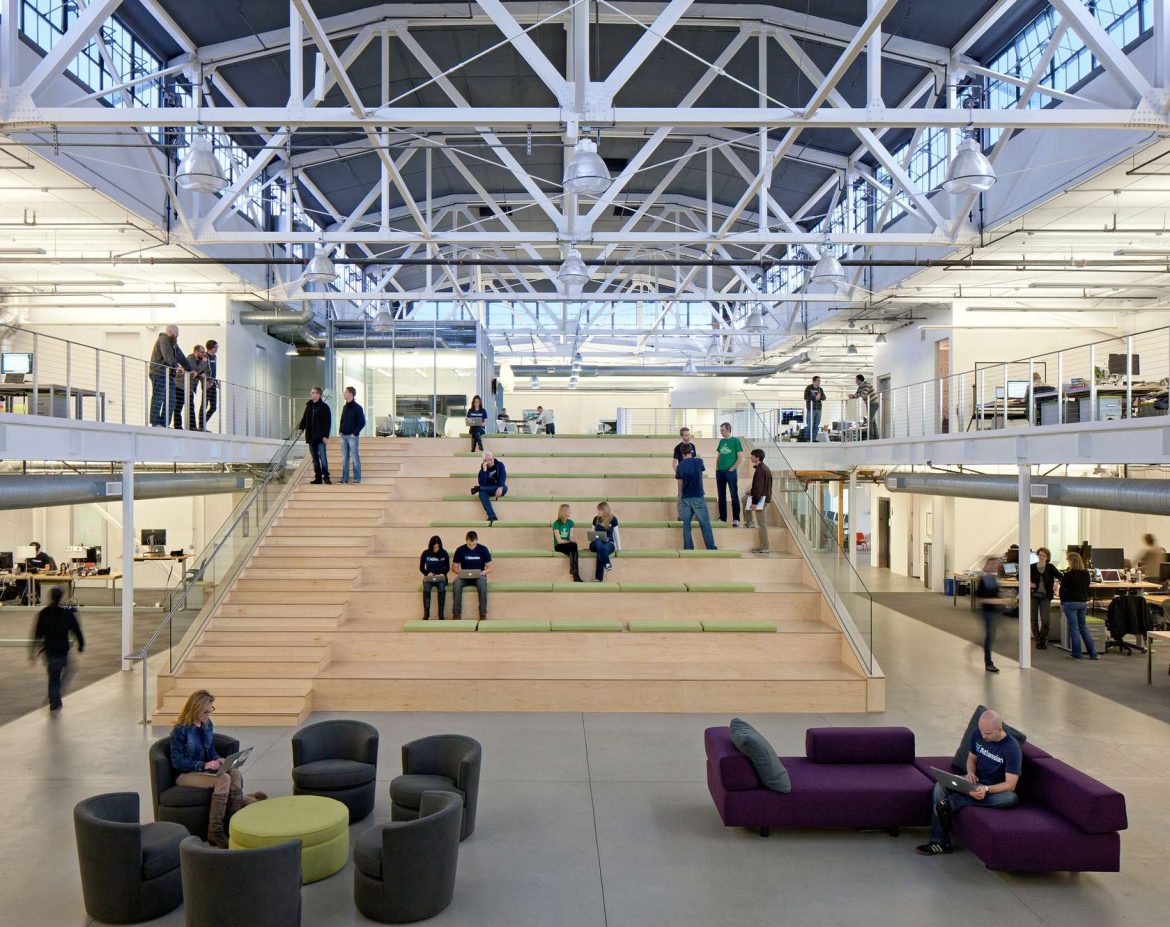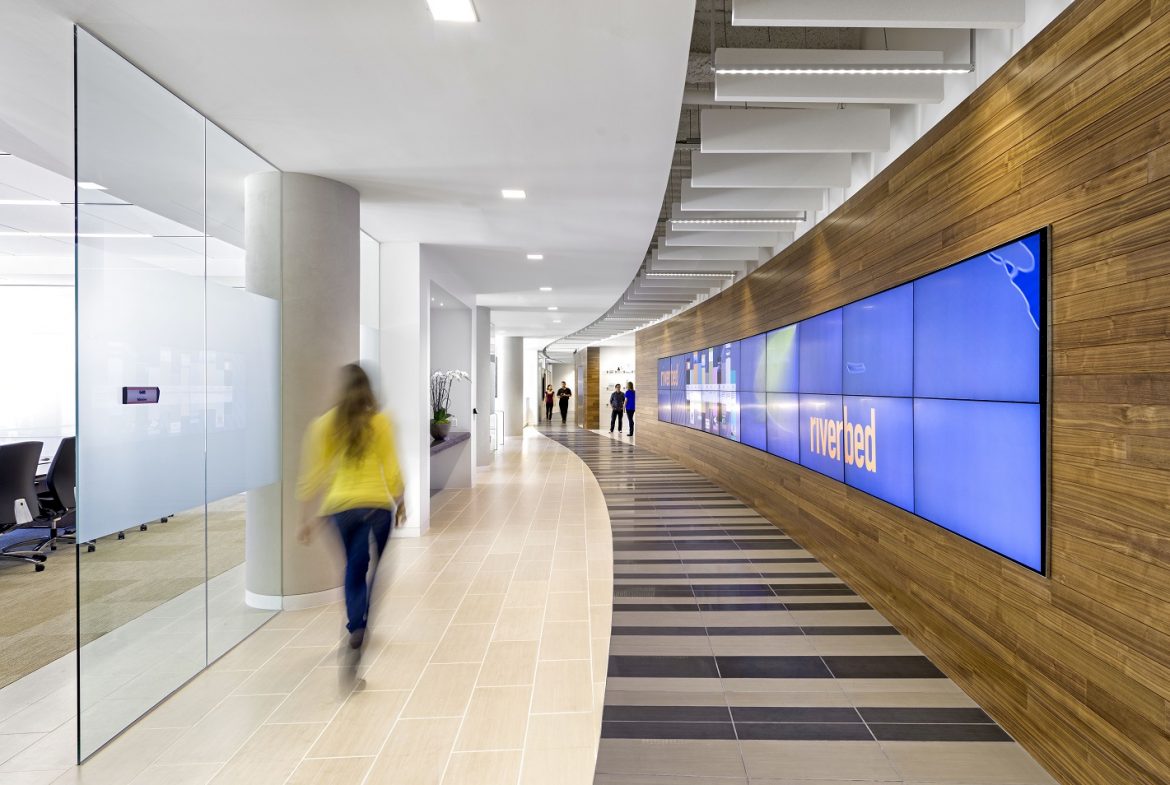
Here are five reasons it might be time to stick around and renew your office lease.
You’ve had little or no growth
Not every growing business needs to take on additional office space. Depending on your industry, you might need to hire more people who work in the field and not at a desk. If that’s the case, then you don’t need any additional square footage, and if your business is stable or has had little growth, the space that you’re in likely still works just fine.
You don’t have enough savings to move
Relocating can be expensive. Consider that you will need to pay for the physical move, the wiring, changing your letterhead, buying new furniture, and so on. Even if you find a space that could save you $100k on your next lease, it might not make financial sense because your move will eat up the entire cost savings, if not more.
You’re already in the perfect location
You love your building, your staff loves your building, and overall it works for everyone. What’s the expression? If it ain’t broke, don’t fix it? The same goes here. If everyone is happy and business is good, then renew your lease.
You’re in a tightening market
In rare instances, there just isn’t any space available that meets your criteria. Depending on your market there can be a shortage of vacant space. If that’s the case, it’s crucial to fully understand the market so you can negotiate the best possible terms on a renewal. Your best bet is to hire a knowledgeable broker to do this for you.
You can negotiate better renewal terms
Since the day you signed your current lease, your expenses have been going up, in one way or another. Given that there will almost always be vacant space, it’s fair to at least take a look at what’s available. If you start looking, your current Landlord will almost always catch wind of it and will do as much as they can to get you to stay. That usually means reducing the rent, updating your space, or one throwing in other types of concessions. As long as your Landlord is offering fair terms and you’re happy with your situation, then renewing is probably the path of least resistance.


